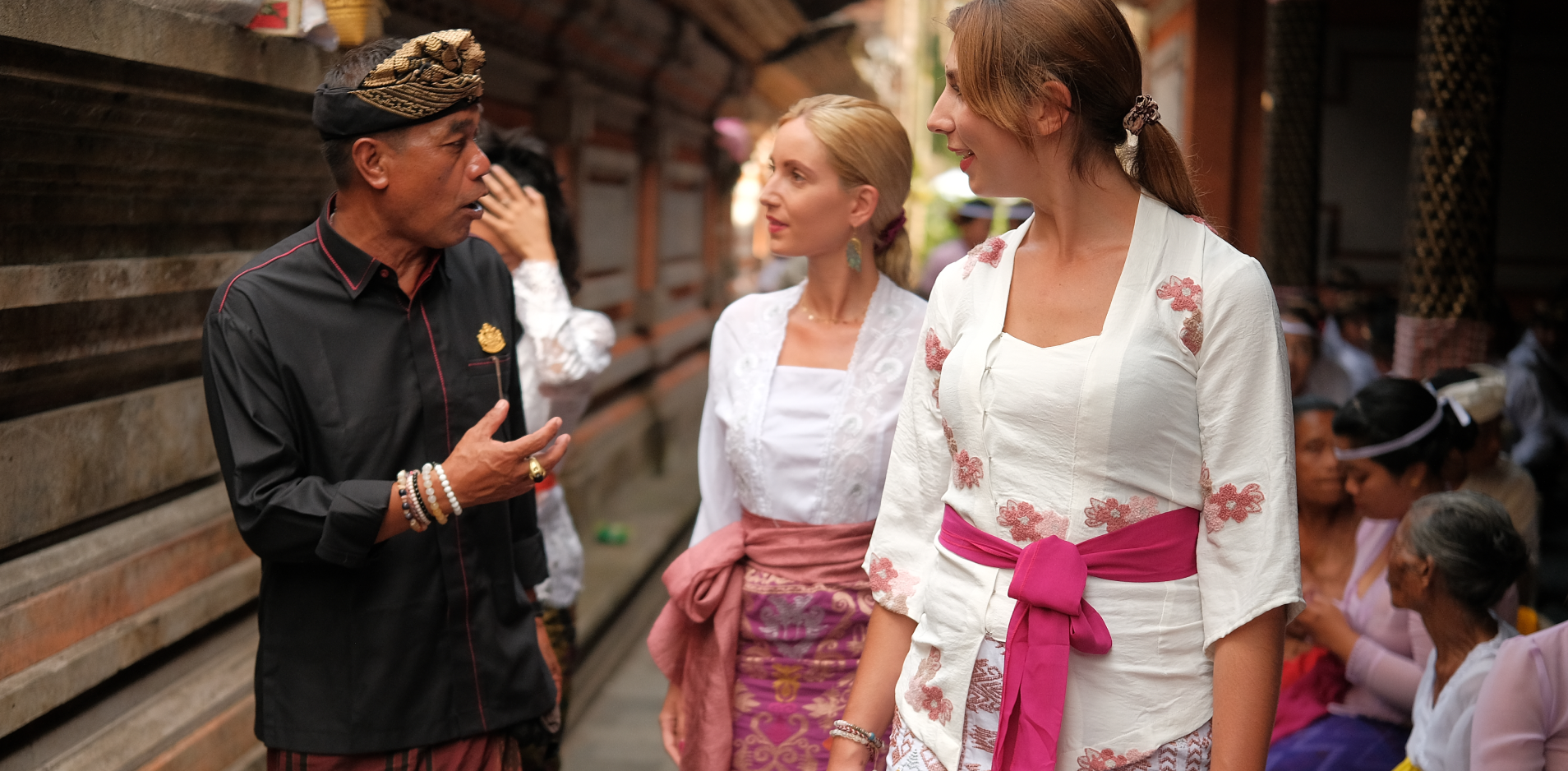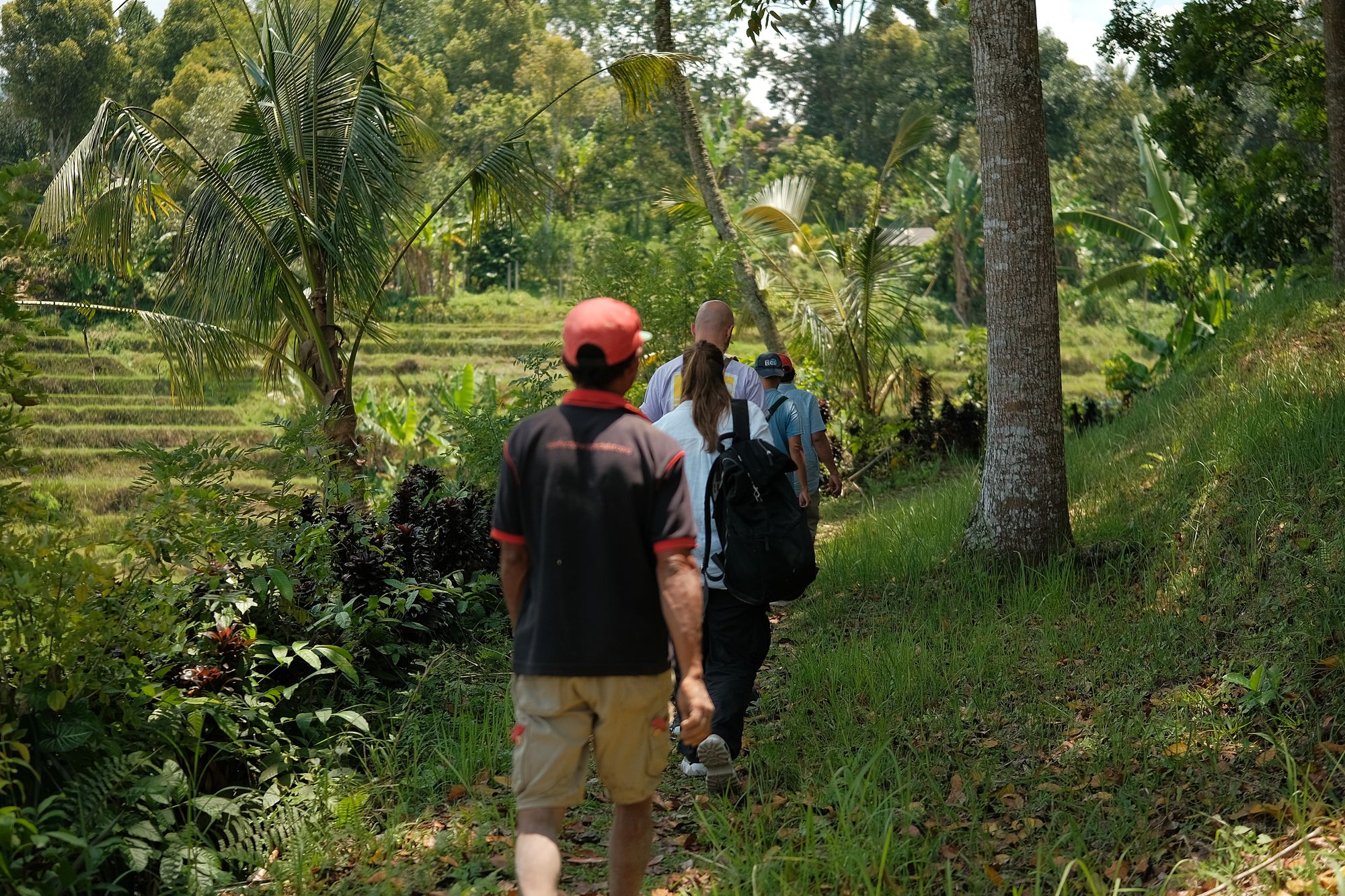From Extractive to Regenerative: A New Era for Travel

The travel industry is inherently extractive. Many people are out of a destination as quickly as they are in, with just a slew of souvenirs, Instagram posts and Duty Free goods to show for the experience. We’re naive to think that travel is more than a window to tap out and an opportunity to collect moments for the average traveler.
But we can’t afford to take without giving in 2023, with a backdrop of ecological and economic challenges snowballing globally. The effect that tourism has on people and places needs to be at the forefront of traveler’s minds, and intentionality needs to guide how we move around the world and interact with others.
This concept of mindful travel is nothing new. A movement of sustainable, responsible travel has been afoot for decades, challenging the extractive tourism model to reform its ways. In 1988, Sustainable travel was defined by UNWTO as ‘tourism that takes full account of its current and future economic, social and environmental impacts, addressing the needs of visitors, the industry, the environment and host communities’. It manifests as mass greenwashing, amidst well-intentioned carbon off-setting and plastic-free initiatives – though sustainability will only get us so far.

Beyond off-setting: Introducing Regenerative Travel
The travel industry needs to shoot for solutions that go beyond mitigating harm, and avoid glossing over inequalities within tourism. Rather than attempting to offset actions in search for equilibrium, travelers, institutions and corporations need to collectively aim to make net-positive impacts through travel. This means leaving places better off for having interacted with them, and empowering people and places to flourish.
Regenerative travel is this evolution from the sustainable status quo. Far beyond a ‘go-to trend’ or ‘buzzword’ in travel as it is increasingly touted, regenerative travel could become the new standard. So what does it stand for? “For me, regenerative travel means to extend the notion of travel as a superficial visit,” says Linda Adami, CEO of QUANTUM TEMPLE. “It means deeply immersing myself in local cultures with local communities to learn about their time-honored knowledge and traditions, and positively contributing to their initiatives”.

Unlearning and relearning how to travel
These three pillars guide the QUANTUM TEMPLE approach to regenerative travel, which we recognize requires a commitment to unlearning and relearning how to travel. Choosing to travel regeneratively requires consistent reflexivity and a willingness to inquire into how we can do better. It means acting with intentionality and thinking about our impact – be it choosing to eat at a small local restaurant as opposed to a well-known chain or engaging with experiences that orient around local culture, hosted by local people, rather than booking with overseas operators.
“As I shifted towards regenerative travel, I found myself unlearning old travel habits and embracing a more conscious way of exploring the world,” says Robyn Horwitz, QUANTUM TEMPLE’s Content & Social Media Marketing Manager. “It’s not just about the places I go. Rather, it’s about how I connect with them, support local communities and nurture the environment. Each trip becomes an opportunity to leave a positive impact.”
The principles of regenerative travel aren’t complex, but embodying them and changing the way you travel is a conscious process that isn’t without its complexities. “While regenerative travel is on the rise, most travelers don't know exactly how to drive a positive impact and how to account for it,” explains Adami. “With the QT Passport, we want to enable travelers to be able to transparently track their net-positive footprint in destinations.” This new, industry-first product allows travelers to map out their transparent and tangible impact in global destinations, including the restoration of heritage areas, transmission of cultural practices, development of community-based tourism, and youth empowerment.
Regenerative travel is undoubtedly an art, which takes practice and precision to master. But it is an artform that can be learned by anyone willing – and, in our current climate, we would argue that everyone should be.
____________
By Josephine Platt, Content Editor, QUANTUM TEMPLE.